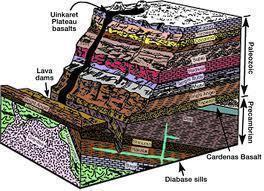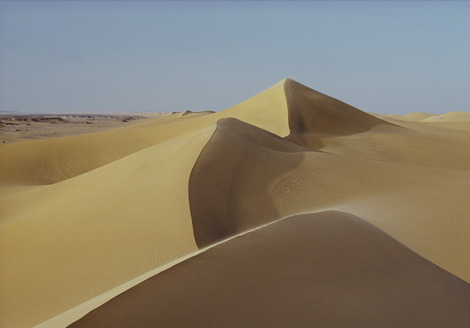The rock cycle is an essential geological model that depicts the unique changes that rock undergoes during a set time period. The three major rock types are sedimentary, metamorphic and igneous. Rocks are formed and obliterated in cycles. The rock cycle depicts the formation, destruction and restoration of rocks. These changes take place due to atmospheric changes or changes in the earth’s core structure itself. The first suggestion of the rock cycle was conceptualized by the eighteenth century geologist, James Hutton; he is considered as the father of modern geology. Later on in the 1960s, plate tectonics based rock cycles came into being.
The rock cycle
The rock cycle can be described in the following stages:
Igneous transition stage
Rocks liquefy into magma when pressed further under the earth’s surface. Magma then cools down and congeals into igneous rock. Rock that cools down under the earth’s surface is known as intrusive rock. Magma, known as lava when expelled from volcanoes, solidifies quickly when in contact with the atmosphere, and is known as extrusive rock. This stage can affect any of the three main types of rock.
Metamorphic transition stage
Metamorphic rocks are formed when rocks are open to soaring temperatures and pressures or a combination of both. The result of such exposure can lead to physical and chemical changes in rocks. The two types of rock metamorphism are regional and contact. Regional metamorphism deals with the consequences of atmospheric changes on large collection of rocks spread over a wide region. Such rocks display different layers of minerals and colors. This combination of layers is known as foliation. Contact metamorphism occurs when rock masses come in contact with igneous heat interference. It results in the crystallization of rock.
Sedimentary transition stage
Rocks, over a period of time, disintegrate as a result of weathering and erosion; these processes break down rock into smaller remains and carry the broken down matter away. The broken down matter then accrues and mixes with additional matter. Rock that has such multiple and varying constituents is known as sedimentary rock.





Jasmine
Why isn’t this showing what is the Third step to a Scoria rock😯🙁😔